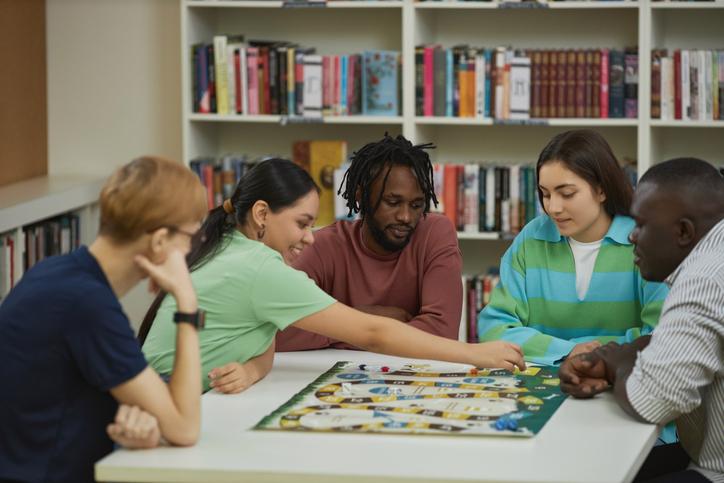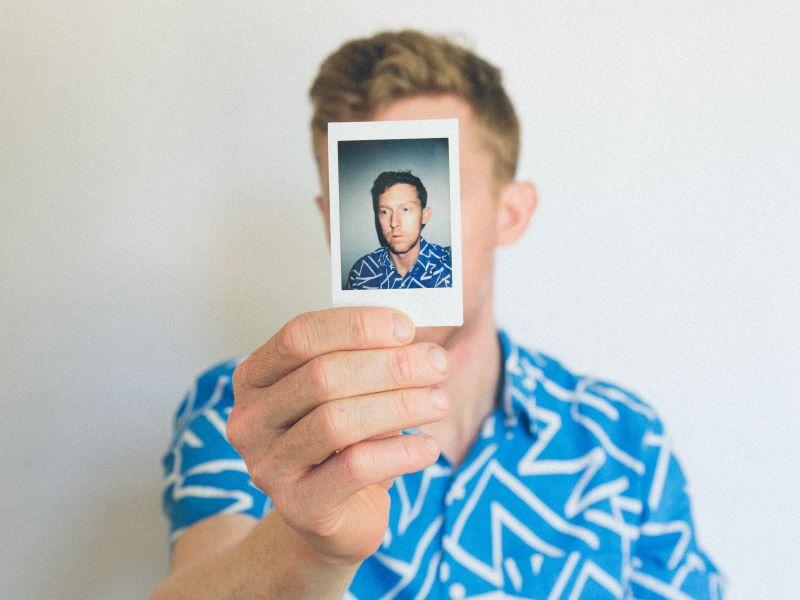Students from backgrounds under-represented in higher education often feel less of a sense of belonging during their studies. Mature and ethnic minority students can feel they are visibly different to the majority, international students must acclimatise to a new country and sometimes a new language, and commuting students have fewer opportunities to socialise with their peers. Meanwhile, LGBTQIA+ students are more likely to have had negative experiences in previous educational settings.
These students can enter higher education with very different lived experiences compared with most of their peers. This makes it essential to take steps to increase their sense of belonging. One way of doing this is to create spaces for them to connect with like-minded individuals. We’ve established an LGBTQIA+ social group at UEA’s School of Psychology to do just that. Here are some helpful tips if you are considering establishing a similar group at your institution.
Find out if there is a need
One of the main aims of such a group is to ensure that students know that they are not alone. But if your target audience is only a handful of students, not all of whom will engage with such a group, it could have the opposite effect and make them feel isolated and highlight their differences more. If you are going through the effort of setting up a group, you want students to use it. So, first you need to try to get an understanding of who is studying at your school and could benefit from such a group. For the LGBTQIA+ group, I arranged a single meeting to see who showed up, and then created a mailing list and circulated an anonymous survey where they could express whether they would like to attend future meetings.
To gain an idea of the proportion of international or mature students in your school, consult your institution’s widening participation data. Colleagues of mine have also set-up a pre-arrival module that includes a demographic questionnaire for students to complete, which provides useful insights into data not collected by your institution.
- Spotlight guide: How to build belonging at your institution
- Not all students want to fit in, but every student wants to matter
- What matters to students’ sense of belonging?
Define the group
While it might seem easier to have an umbrella group for students from diverse backgrounds, lived experiences could be so different that they prevent students making meaningful connections. An LGBTQIA+ group works well, because while this encompasses a number of diverse identities, individuals belonging to this group have often faced similar experiences. Conversely, having a “disabled student group” may be less effective because disabilities may be physical, mental, visible, invisible, temporary or permanent – all of which can result in different lived experiences.
Make attending the meetings convenient
Anyone who has anything to do with university timetabling knows how complex this can be. But if you want people to engage with extracurricular groups, you need to plan and schedule the group to meet at a convenient time. For the LGBTQIA+ group, which is open to all undergraduates, I choose a day when all year groups will be on campus for face-to-face teaching at a time that everybody is able to attend. Be wary of scheduling a meeting at the end of a day because this can reduce participation – if possible, arrange for it to take place between taught sessions. You will also need to get the word out – I successfully advertise via posters and Blackboard announcements and have a mailing list students can join to get calendar invites for upcoming group meetings.
Give students something to do
One meeting can be enough to help similar students connect – they may start to recognise each other in a crowded lecture theatre, and start to sit together and build friendships, leading to them feeling an increased sense of belonging. But if you want people to keep coming back, offer engaging activities, such as board games and crafting activities, or turn a session into a study group activity. Having a planned activity can help socially anxious students feel more comfortable participating.
Ask students for their input
It’s wise to have an initial plan for such groups, but be flexible to make the sessions work for students. After an initial meeting, ask if they want more, and how often. Ask what they would like being a member of the group to involve. Ask whether they want staff to attend or facilitate or whether they would just prefer to be left to it.
Be inclusive
The goal is to foster belonging, not segregate students. With our LGBTQIA+ group, we make it clear that LGBTQIA+ allies are welcome. This means that students who aren’t a part of that community but who are accepting and welcoming of individuals that belong to it can attend. Colleagues of mine set-up a group for students from other countries and cultures and consulted students on potential names for the group before choosing “multicultural group” – the consensus was that this made it inclusive and accessible to students from any background.
Creating tailored, student-led spaces that reflect lived experiences can be transformative. With care, consultation and inclusive planning, academic staff can foster a stronger sense of belonging among all students – especially those who need it most.
Ian Norman is lecturer in psychology at the University of East Anglia.
If you would like advice and insight from academics and university staff delivered direct to your inbox each week, sign up for the Campus newsletter.




comment